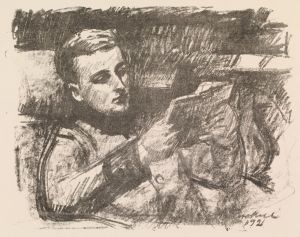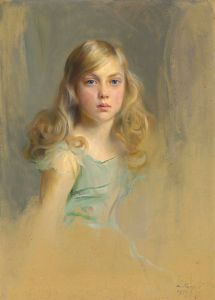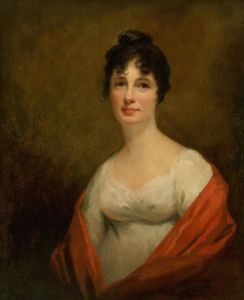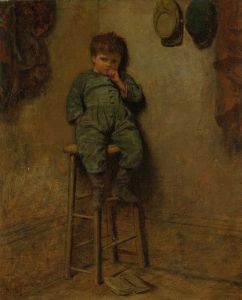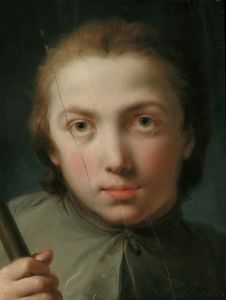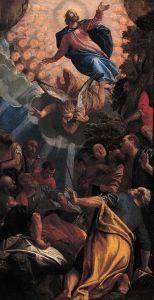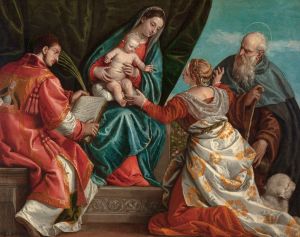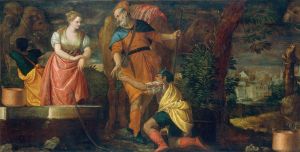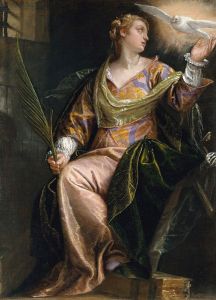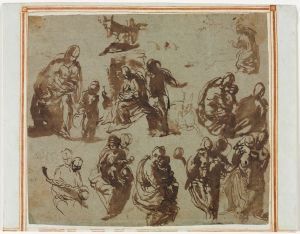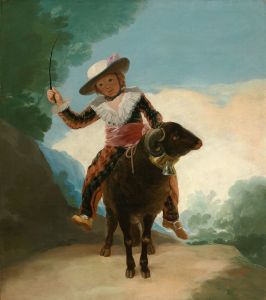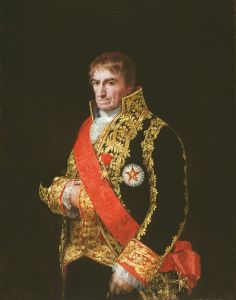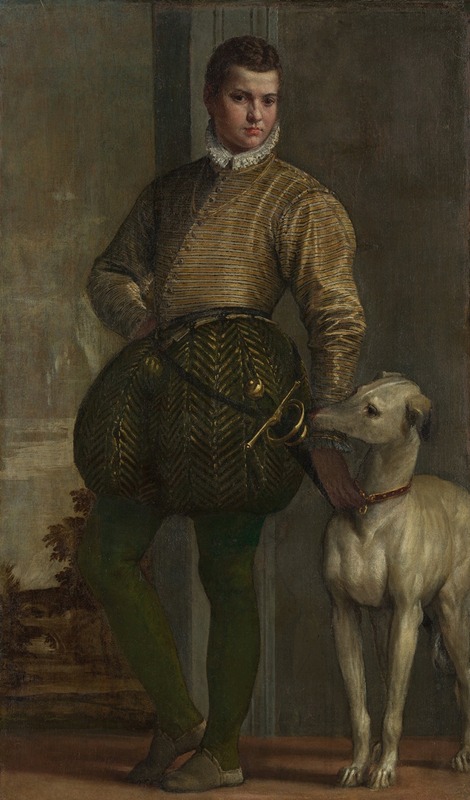
Boy with a Greyhound
A hand-painted replica of Paolo Veronese’s masterpiece Boy with a Greyhound, meticulously crafted by professional artists to capture the true essence of the original. Each piece is created with museum-quality canvas and rare mineral pigments, carefully painted by experienced artists with delicate brushstrokes and rich, layered colors to perfectly recreate the texture of the original artwork. Unlike machine-printed reproductions, this hand-painted version brings the painting to life, infused with the artist’s emotions and skill in every stroke. Whether for personal collection or home decoration, it instantly elevates the artistic atmosphere of any space.
"Boy with a Greyhound" is a painting by the renowned Italian Renaissance artist Paolo Veronese. Veronese, whose real name was Paolo Caliari, was born in 1528 in Verona, Italy, and became one of the most prominent painters of the Venetian school. He is best known for his large-scale historical and religious paintings, characterized by their vivid color, intricate compositions, and dramatic use of perspective.
The painting "Boy with a Greyhound" is a fine example of Veronese's skill in portraiture, although it is less known compared to his grand historical canvases. This work showcases Veronese's ability to capture the elegance and poise of his subjects, a skill that made him a sought-after portraitist among the Venetian nobility.
In "Boy with a Greyhound," Veronese depicts a young boy, elegantly dressed, accompanied by a greyhound. The greyhound, a breed often associated with nobility and grace, complements the boy's refined appearance. The painting is notable for its attention to detail, particularly in the rendering of the boy's clothing and the sleek form of the greyhound. Veronese's use of color is masterful, with a palette that enhances the textures and fabrics depicted in the painting.
The composition of the painting is balanced and harmonious, a testament to Veronese's training and experience. The boy's expression is calm and composed, suggesting a sense of maturity beyond his years. This portrayal might reflect the societal expectations of young nobles during the Renaissance, who were often groomed for leadership and responsibility from a young age.
Veronese's work often included symbolic elements, and the presence of the greyhound in this painting could be interpreted as a symbol of loyalty and companionship. During the Renaissance, greyhounds were not only valued for their hunting abilities but also as status symbols, reflecting the wealth and sophistication of their owners.
While specific details about the identity of the boy or the exact date of the painting are not well-documented, "Boy with a Greyhound" remains an important piece within Veronese's body of work. It exemplifies his ability to blend portraiture with subtle narrative elements, creating a work that is both visually appealing and rich in context.
Veronese's influence on the art world extended beyond his lifetime, as his techniques and stylistic choices continued to inspire artists in the Baroque period and beyond. His contributions to the Venetian school helped solidify its reputation as a center of artistic innovation during the Renaissance.
Today, "Boy with a Greyhound" is appreciated not only for its aesthetic qualities but also as a representation of the cultural and social dynamics of Renaissance Italy. The painting is a testament to Veronese's enduring legacy as one of the great masters of his time.





